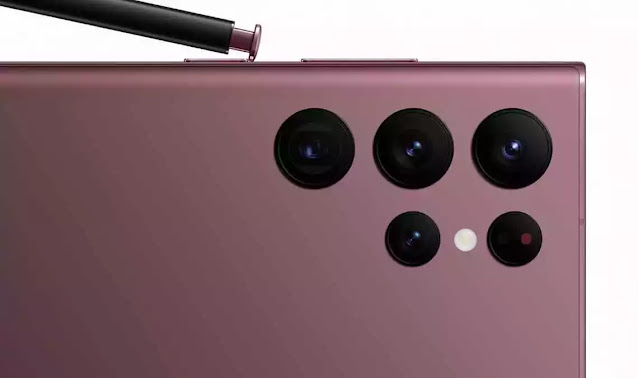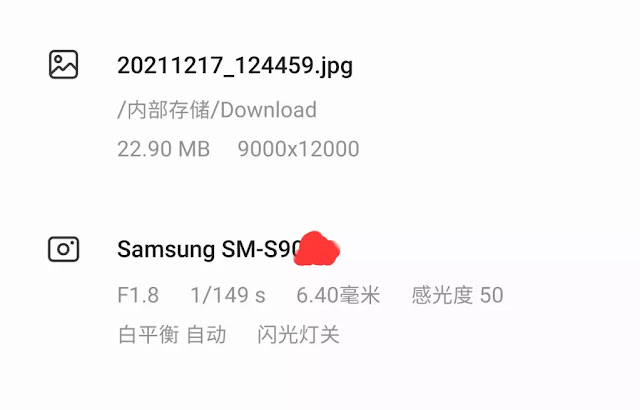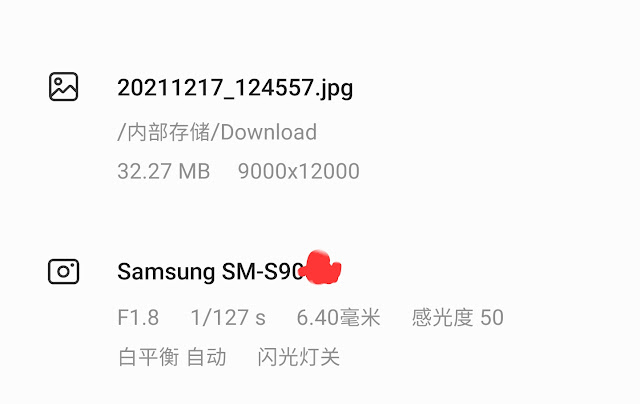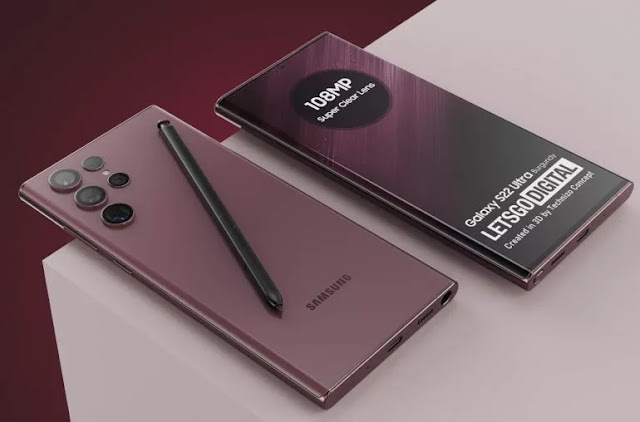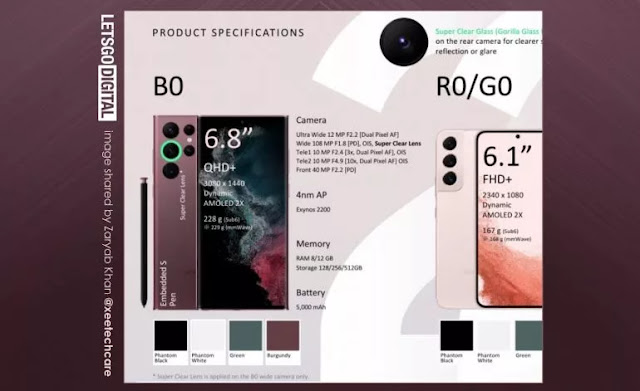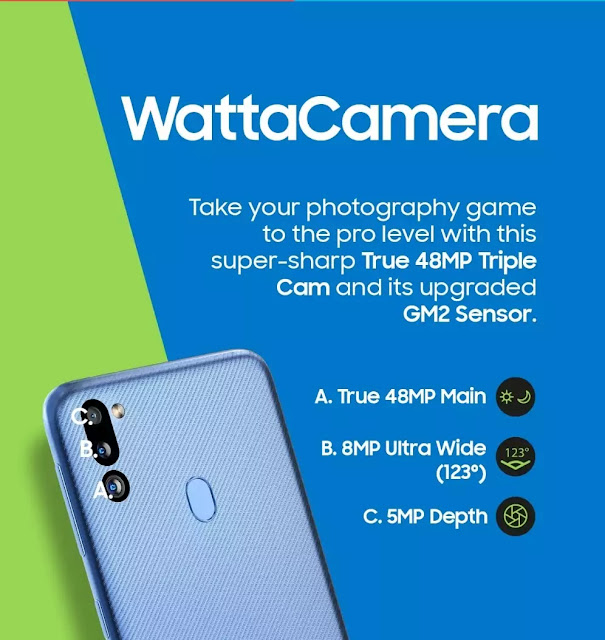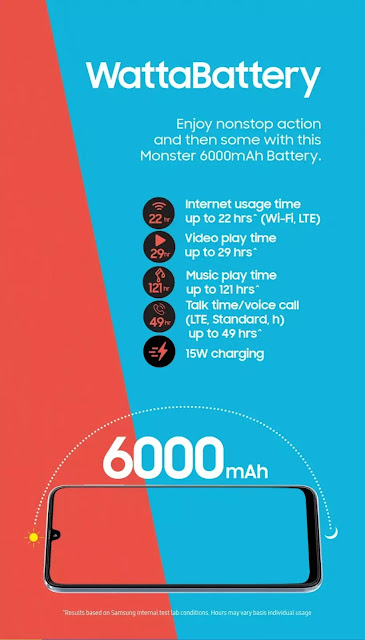Samsung Galaxy S22 Series Super Resolution camera Algorithm
The Samsung Galaxy S22 series of phones will be formally introduced on February 9, however, its official PPT has unexpectedly leaked ahead of time, nearly removing the mystery around this incoming new smartphone.
Although the 108MP main camera exists in the Galaxy S20 series, it previously only supported pixel digest mode and native mode for separate imaging and this is the first time two modes of the same main camera are used to enhance the final image. This time Samsung Galaxy S22 series, although the rear camera hardware changes little, with the support of the new algorithm, may also be worth the wait. This time, Samsung also added a new AI resolution function, which can invert AI to improve the clarity of 108MP mode, and combined with 12MP mode to improve the brightness performance of this model.
The upgraded mode’s 108-megapixel photo volume is higher, growing from 22.9MB to 32.27MB, and needs up to 2 seconds of background processing time while capturing images, according to Ice Universe. However, the final photographic details and post-production space are well worth the wait.
Camera Modules for Samsung Galaxy S22 Ultra
★12 MP F2.2 Ultra Wide (Dual PixelAF)
★OIS, wide 108 MP F1.8 (PD),
★Tele1 10 MP F2.4 (3x, Dual Pixel AF), OIS
★Tele2 10 MP F4.9 (10x, Dual Pixel AF) OIS
★F2.2 front 40 MP (PD)
Features of the Samsung Galaxy S22 Ultra Camera
★3x/10x Optical Zoom, 100X Space Zoom
★Scene analysis for more realistic, comprehensive videos
★For optimal detail and brightness, use the new Adaptive Pixel.
★Redesigned AI ISP for picture noise reduction
★Advanced VDIS for quicker phone and subject movement prediction
★For focussing on fast-moving objects, AI Scene Understanding is used.
★For a more detailed expression of the skin and brows, AI can be used.
★For better segmentation, use an AI Stereo Depth Map.
★Object Eraser for several viewing angles in a single picture Director’s View
★Optimization of performance for long-term use
The Samsung Galaxy S22 Ultra features a 108-megapixel camera with a Super Clear Lens.
This week, Samsung officially unveiled the Galaxy S21 FE. Meanwhile, Galaxy aficionados are anticipating the launch of Samsung’s new Galaxy S22 series next month. In recent years, a lot has been learned about the three predicted models. The Galaxy S22 Ultra will be the next top model; the design has already been leaked, and now an infographic has emerged online, indicating that many of the specifications have been finalised.
The upgraded 108MP camera on the Galaxy S22 Ultra
With an f/2.2 lens, a 40MP selfie camera is included. A triple camera can be seen on the back, with the main camera being upgraded to 108 megapixels. This is the first time a ‘Super Clear Lens’ with an f/1.8 aperture and OIS has been added to a camera. A 12MP ultra-wide-angle camera with Dual Pixel AF (f/2.2) is also included. Finally, there are two 10MP telephoto cameras with optical zoom of 3x and 10x integrated into.
The Super Clear Lens appears to be a focus for Samsung. Reflections and glare should be reduced as a result of this. Previously, it was apparent that the upgraded 108MP camera will provide much higher image quality and a high degree of detail.
The smartphone also looks to be powered by the 4nm Exynos 2200 SoC, according to the spec list. This chipset hasn’t been officially released yet. It’s Samsung’s first chipset to have an AMD graphics processor. The Qualcomm Snapdragon 8 Gen 1 will be utilised in various countries of the world, including the United States because it is a high-performance SoC. It’s unclear whether Exynos’s equivalent will be just as strong.
The 200MP ISOCELL sensor will be available on smartphones next year from Samsung.
A few months ago, Samsung announced the ISOCELL HP1, the world’s first 200MP smartphone camera sensor. It was previously reported that the Galaxy S22 Ultra will come with a 200MP camera, however, this is not the case.
ISOCELL HP1 is a 1 / 1.22-inch sensor with a resolution of 200 MP and a native pixel size of 0.64m. Supports 2×2 (50MP images with 1.28μm pixels) and 4 × 4 pixels (12.5MP images with 2.65μm pixels). ) for increased light sensitivity in low light conditions. In bright conditions, it is supposed to offer detailed images with a wide dynamic range and video up to 8K 30fps.
200MP camera will be adopted by Moto first, then by Xiaomi in the second half of next year, and by 2023, Samsung will adopt 200MP.
— Ice universe (@UniverseIce) November 24, 2021
It can even record 4K 120 fps video with a wide field of view. Some whistleblowers claim that this 200MP sensor will be used for the first time in a high-end, mid-range Samsung Galaxy smartphone. In our opinion, the ISOCELL GN2 is Samsung’s best photosensor. This is a 1 / 1.12-inch sensor (larger than the 200MP ISOCELL HP1) with native pixels of 1.4 µm. It features Dual Pixel Pro autofocus technology, HDR shift, 8K 30fps video recording, and 4K 120fps video recording.
Samsung ISOCELL HP1 200-megapixel and ISOCELL GN5 50-megapixel mobile image sensor announce.
The industry’s first 200MP 0.64μm resolution and new ChameleonCell pixel clustering technology. ISOCELL GN5 is an ultra-thin 1.0μm 50MP sensor with high autofocus. Samsung Electronics, a world leader in advanced semiconductor technology, today introduced the ISOCELL HP1 200-megapixel (MP) 0.64μm pixel and ISOCELL GN5 image sensor. first image sensor to use Dual Pixel Pro omnidirectional technology with two photodiodes per 1.0 µm pixel.
🎞ISOCELL HP1
“Samsung was the first to invent ultra-fine pixel technology that takes high-resolution image sensors to the next level,” said Dakhyun Chang, executive vice president of sensor manufacturing at Samsung Electronics. With ISOCELL HP1 breaking down barriers and ISOCELL GN5 offering lightning-fast autofocus, Samsung will continue to lead the way in next-generation mobile imaging technology. ISOCELL HP1: Capture the world in stunning 200MP video, and the Crystal Sharp 8K ISOCELL HP1 is the industry’s first 200MP portable image sensor. In modern wearable devices.
Samsung Galaxy M21 2021 prime Edition is officially released
smartphone will be available in India in two colors exclusively offered by Amazon. The 64GB version is priced at 12,499 Indian rupees (approximately US$170) and will be available on the original Galaxy M21 on July 26, 2021. It has the same 6.4-inch Super AMOLED InfinityU screen with Full HD + resolution, Gorilla Glass 3 front protection and plastic case.
However, the back is different from the Galaxy M21. It has diagonal lines and is available in two colors: Arctic Blue and Dark Black.There is a fingerprint reader on the back, a 20MP selfie camera and a 48MP triple camera on the back, the 48MP camera sensor is upgraded to ISOCELL GM2, the real 48MP can be equipped with a camera and a 5MP camera depth sensor.
Samsung new Industry’s Smallest 0.64μm pixel image sensor
Samsung’s maximum flexible photograph sensor gives 50Mp alternatives for each the front and rear-going through cameras Combined pixel generation improvements lessen chip length even as improving mild sensitivity and section detection capabilities Samsung Electronics, a international chief in superior semiconductor generation, these days brought the industry’s first zero.64-micrometer (μm)-pixel photograph sensor, the 50-megapixel (Mp) Samsung ISOCELL JN1. Equipped with the trendy pixel technology which include stronger ISOCELL 2.zero, Smart-ISO and Double Super PDAF, the JN1 can seize extra shiny snap shots at the industry’s smallest 50Mp cellular sensor.
Isocell hm3: delicate information, redefined Colors
in nowadays’s speedy-paced international, users usually need to have their cellphone cameras at the prepared so they can speedy capture those treasured, fleeting memories in lovely high-quality. Delivering pleasant detail, vibrant coloration, decreased noise, rapid autofocus and high dynamic variety, the isocell hm3 image sensor underpins your smartphone photography with highest fine features and era to make sure that the photographs you capture together with your cellphone can be valuable for future years. Lovely details with 108 million pixels
the isocell hm3 packs in 108 million zero.
8um-sized pixels that are optimized to beautify readability, allowing it to seize pix that are exceedingly certain. For stronger mild sensitivity and coloration fidelity, each pixel is improved with isocell 2. Zero era, that is a brand new technology of samsung’s pixel isolation era. Isocell technology makes use of a bodily barrier between neighboring pixels to lessen shade interference and prevent optical loss. With isocell 2. 0, samsung applied upgraded materials among colour filters to boom light sensitivity and enhance shade constancy. The isocell hm3 also capabilities nonapixel technology, which elevates overall performance in low-light situations. In low-mild environments, the picture sensor combines 9 pixels into one, and collectively, these 9 pixels produce a single, big-pixel-like effect, permitting the newly shaped pixel to take in more mild and accordingly produce bright, clean images with reduced noise.

